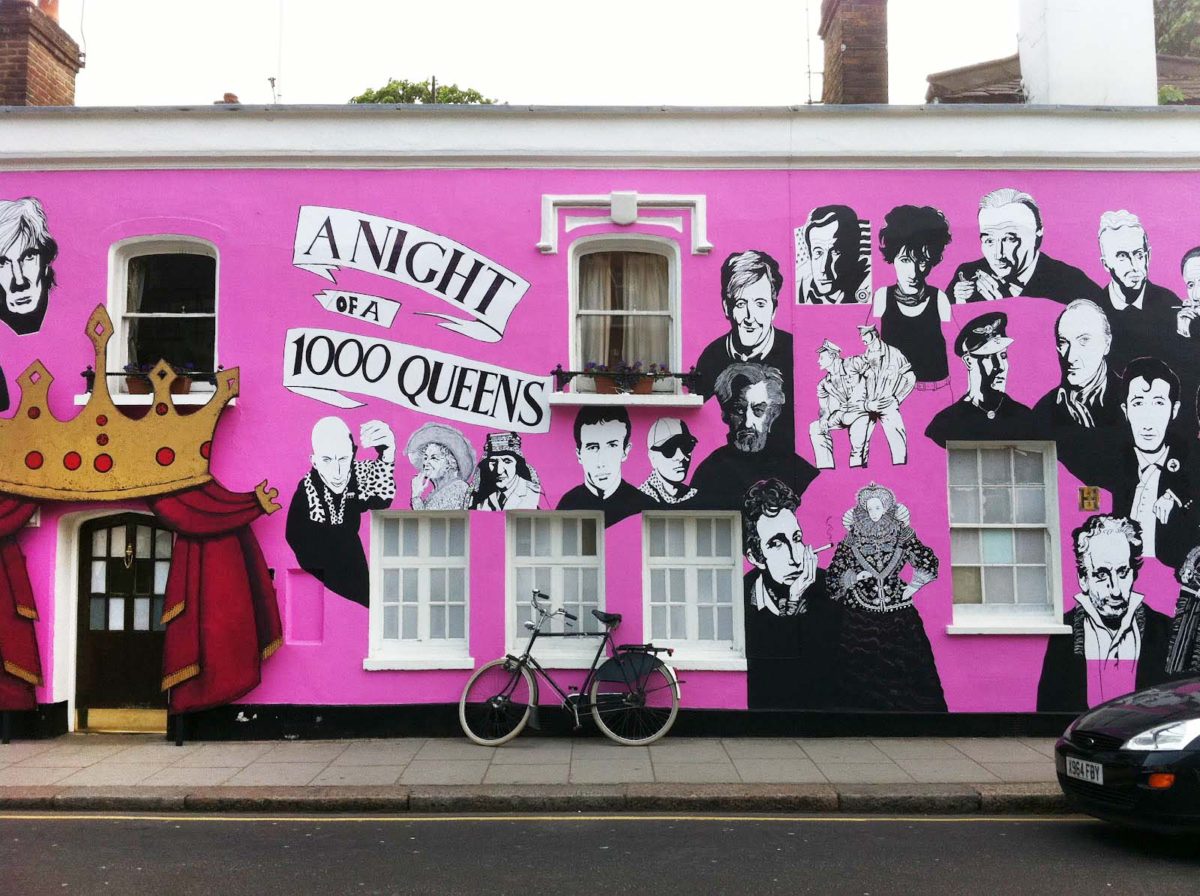Where To Eat & Drink During London Fashion Week
By Something CuratedBob Bob Ricard || Leonid Shutov & David Collins
Opened in 2008 by Leonid Shutov, Bob Bob Ricard has established itself as a fashion crowd favourite. Shutov wanted to create a space that would offer the sophistication of old-school dining clubs without the need for membership. Serving both English and Russian cuisine, the fastidiously decorated venue features rich velvets, marble, and patterned wallpapers, along with ‘Press for Champagne’ buttons at each table. An additional lower ground bar consists of several booths surrounding a mahogany floor inlaid with a striking backgammon design. Though faithful to the opulence of the original David Collins interior, the new space emphasises bold reds and burgundies, complementing the cool blues of the main restaurant. Shutov has revealed plans to open a sister site in The Leadenhall Building next Spring.
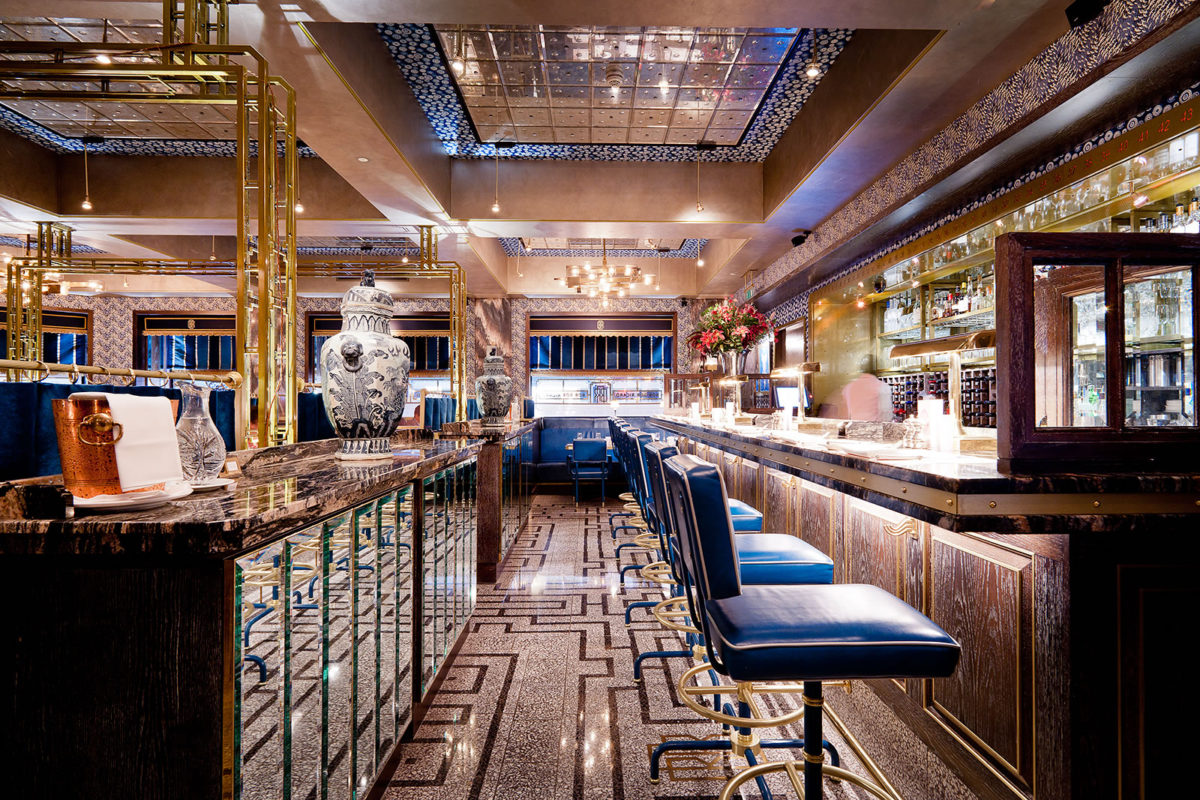
Ace Hotel & Hoi Polloi || Alex Calderwood
Ace Hotel, which opened in Shoreditch in 2013, has quickly established itself as somewhat of a London institution. Somehow, Ace seems progressive and homely at the same time. The 264-room hotel is largely the creation of Alex Calderwood, an American entrepreneur and self-termed “cultural engineer”. Starting in Seattle in the 1980s, he built an impressive and ever-diversifying career, overturning many of the rules of the hospitality trade. From the busy high street, customers pass through a flower shop to reach Hoi Polloi, the hotel’s restaurant. The English Modernist brasserie inspired by mid-twentieth century European bistros, achieves an environment that is both informal and with a sense of occasion.
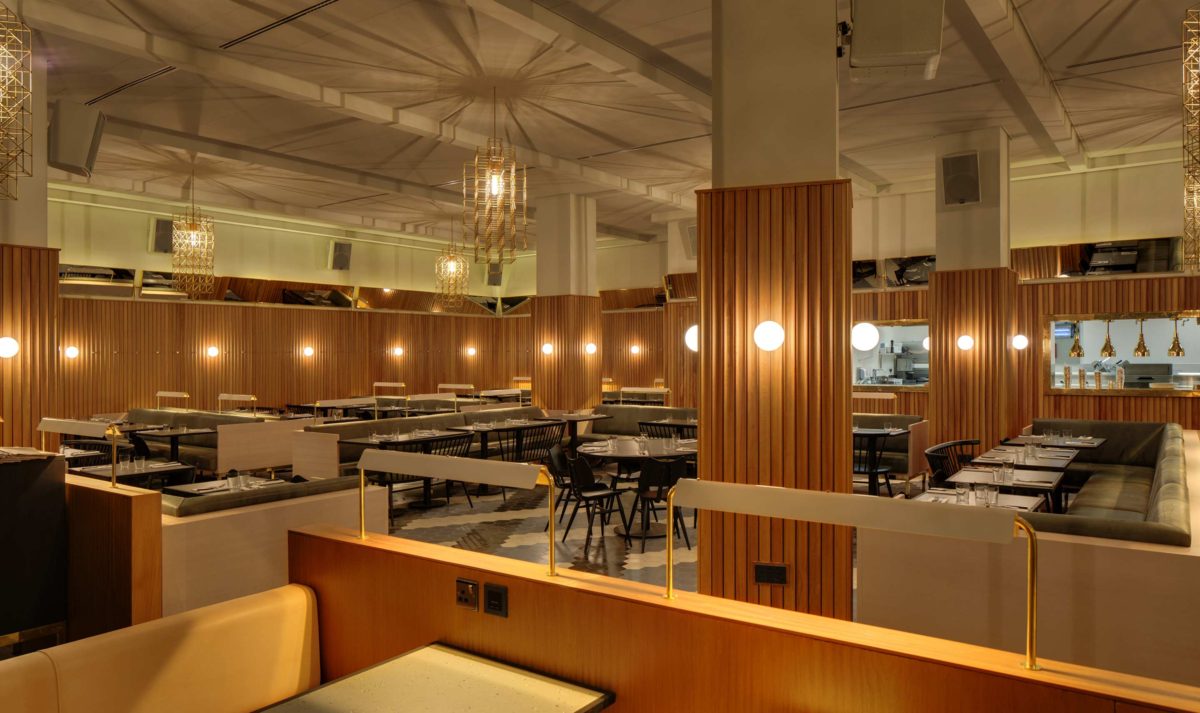
The Rivington || Mark Hix
The Rivington, now with three sites around London, is owned by the prolific Caprice Holdings group. The dining space at the East London original is calm and white, with crisp linen and enough formality and fashion to gratify varied audiences. The venue displays a unique collection of contemporary art, including a Tracey Emin light sculpture. The menus, which continue to follow the distinctive style set by Mark Hix, focus on the best of English cooking. The broad, seasonal menu offers dishes that reflect the diverse culinary heritage of the British Isles with ingredients sourced, as much as possible, from small, independent suppliers.
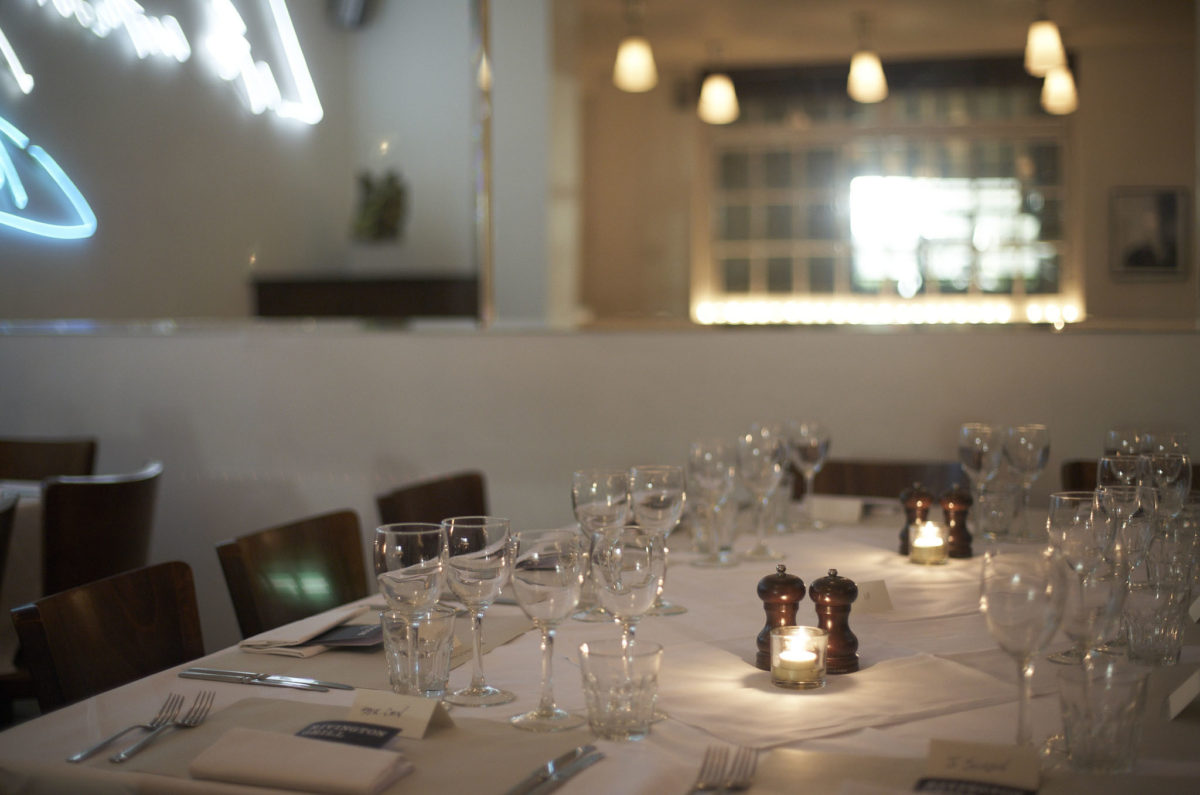
Vogue Fabrics || Lyall Hakaraia
Lyall Hakaraia is well-known amongst London’s nightlife, art and fashion circles, recognised for his support of emerging art and fashion talents. His club, VFD, frequently referred to as Vogue Fabrics, in Dalston, is a popular spot among young fashion crowds. The basement space, featuring unlockable swinging bathroom doors adorned with giant penises, hosts menswear designer Charles Jeffery’s popular gathering, LOVERBOY, amongst numerous events. Lyall is closely involved in the art world and regularly contributes to events at the ICA, as well as running his own exhibitions at his venue.
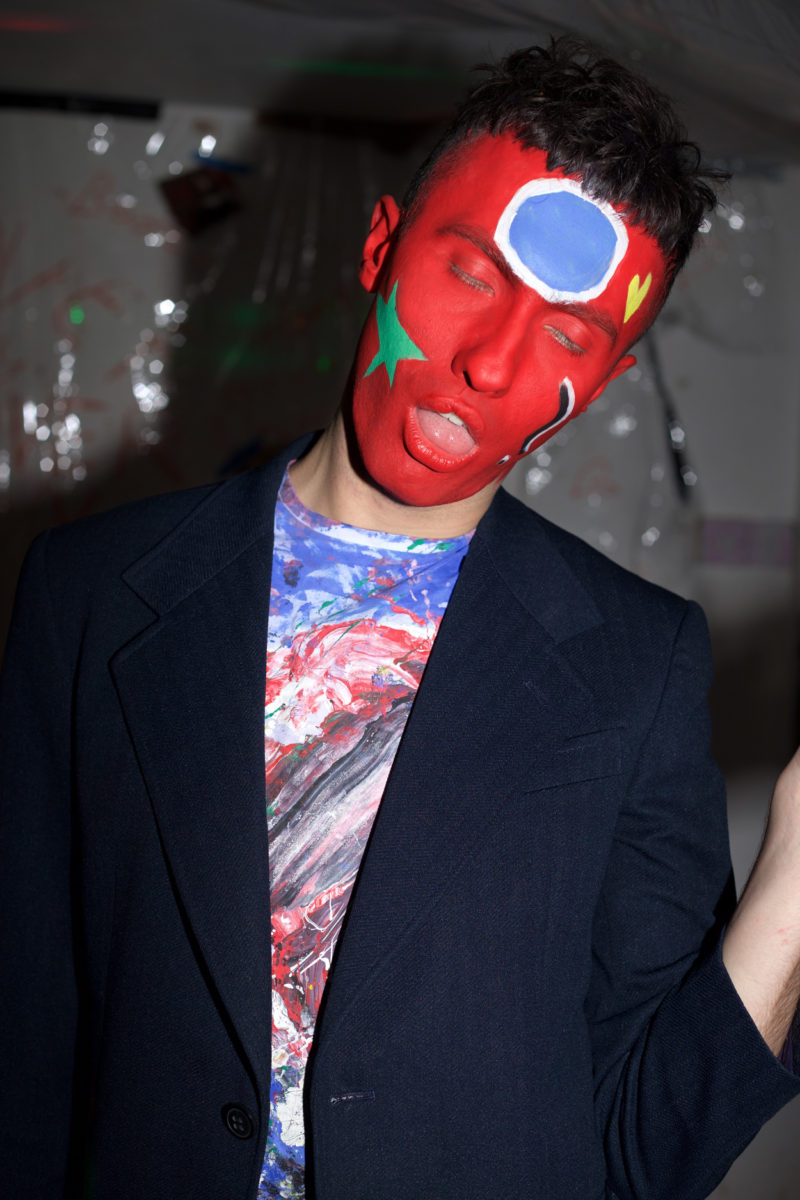
Berners Tavern || Jason Atherton & Ian Schrager
Jason Atherton’s modern British restaurant, Berners Tavern, is housed inside Ian Schrager’s London Edition Hotel. Atherton puts a twist on traditional British cuisine with a restaurant menu entirely sourced in the UK. As well as dinner, the all-day dining restaurant in Soho also serves tea, late supper and a popular Sunday brunch. Meticulously decorated, featuring over 300 pieces of artwork on the walls, the building, comprising of five 1835 Georgian townhouses, is a shining example of Belle Epoque grandeur. Toronto firm Yabu Pushelberg assisted with the building’s meticulous restoration. The designers preserved landmark details like stained-glass windows and marble floors, while Schrager and his team provided direction to the overall interior scheme.

Original Sin || Alastair Burgess
Alastair Burgess, the man behind the popular Hoxton drinking spot, Happiness Forgets, conceived Original Sin, a narrow basement venue with a long wooden bar, stools and railway-carriage-like booths, serving cocktails shaken by expert mixologists. At one end of the room, below a chandelier, sits a suave looking pool table. Like its forbearer, Original Sin is dark, seductive and serves matchless cocktails. Whimsical 70s lighting fixtures, including some pineapple-shaped wall pendants straight out of a tiki fantasy, softly illuminate the venue.
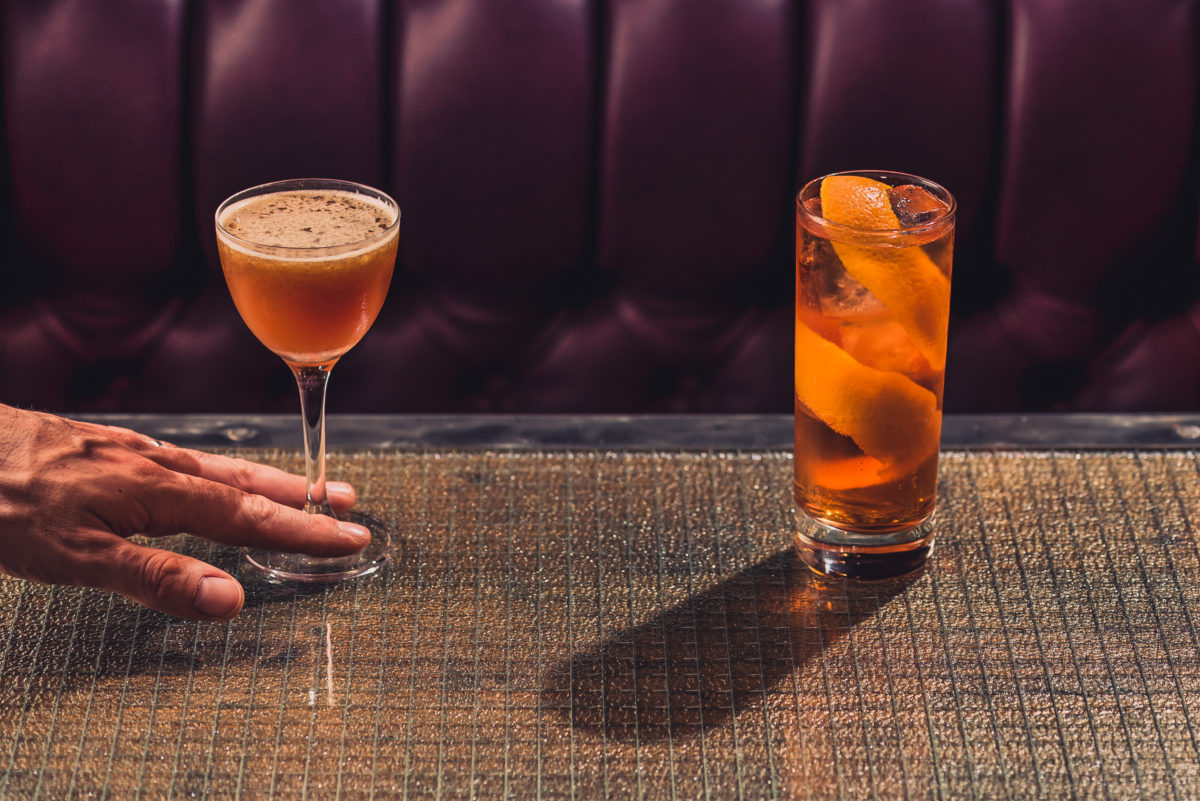
The Arts Club || Arjun Waney
The Arts Club is a London private members club founded in 1863 by, amongst others, Charles Dickens, Anthony Trollope, and Lord Leighton, on Dover Street. Today, largely owned by restaurateur Arjun Waney, it is a meeting place for those involved in the creative arts either professionally or as patrons. The Arts Club was a hub of the arts during the 19th-century and, although a social venue, it was known to be a place where influence could be exerted and careers developed. Its members and guests included Dickens, Millais, Whistler, Kipling, Monet, Rodin, Degas and Turgenev. Interestingly, though the crowd has changed, the majority of Royal Academicians are still present amongst the members.
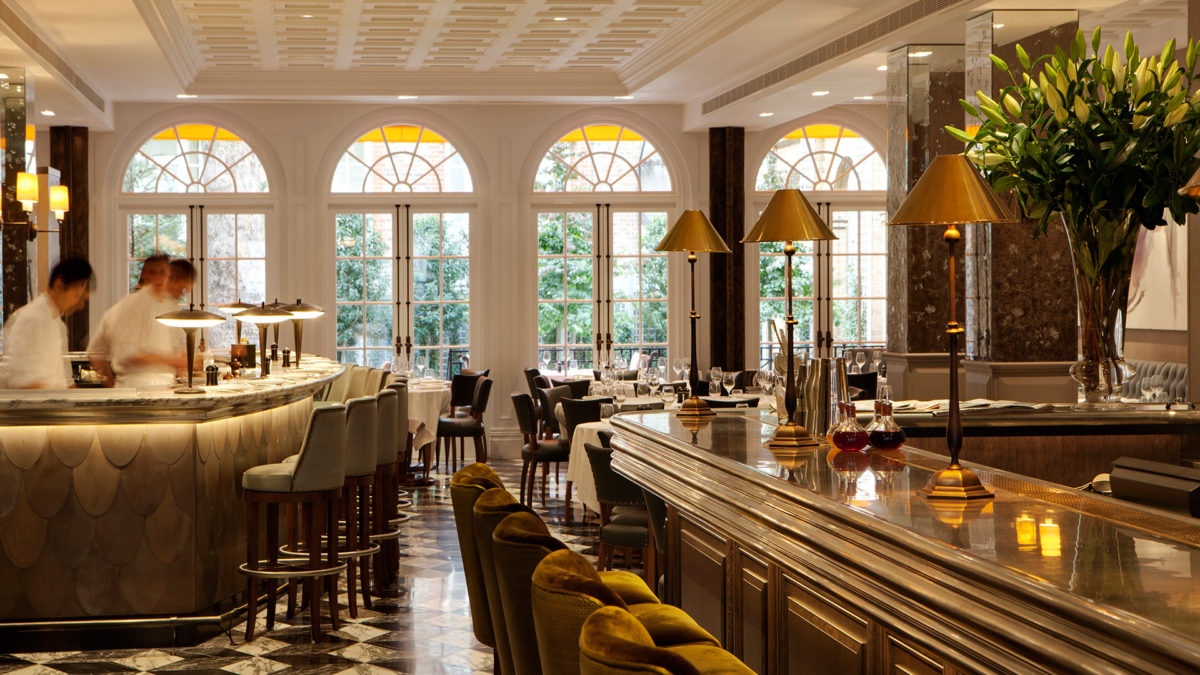
Scott’s || Charles Sonnhammer & Emil Loibl
Scott’s on Mount Street is a seafood restaurant, lauded for serving fantastic oysters and fish. In 1872, Charles Sonnhammer and Emil Loibl, the owners of the London Pavilion Music Hall, established an ‘oyster warehouse’ at 18 Coventry Street. The business changed ownership in 1876 and once more in 1891 when it became known as Scott’s Oyster and Supper Rooms. Interestingly, Scott’s is reputedly the place where Ian Fleming discovered the famous shaken martinis. Since relaunching on Mount Street, the venue has established a notable celebrity following. Tables look on to the elegant oyster and Champagne bar with the full à la carte menu being served throughout the day from 12 noon.
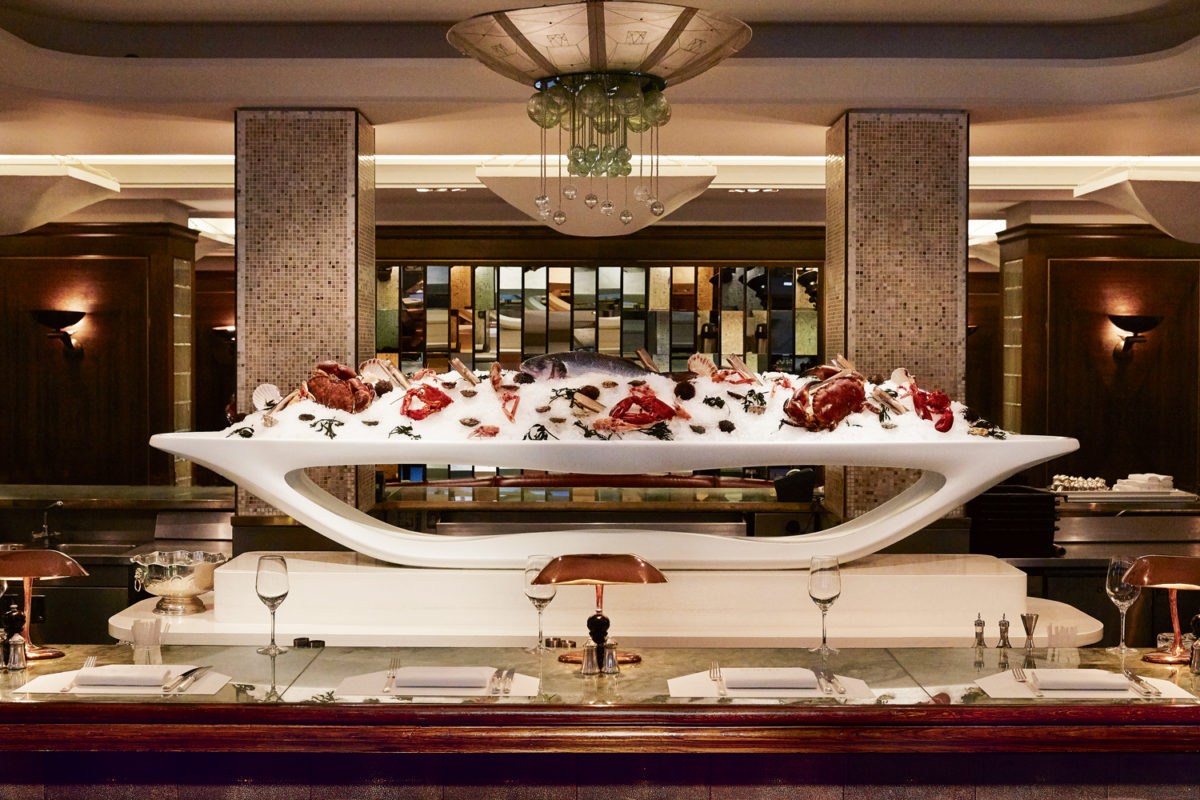
Annabel’s || Mark Birley
Mark Birley founded Annabel’s in Soho in 1963 and named it after his then-wife, Lady Annabel Vane-Tempest-Stewart. It was conceived as a piano bar, for its blue-blooded, high society members to drink at before gambling upstairs. He had the latest American tunes flown in every week from New York and, over the years, Annabel’s has attracted celebrities such as Elizabeth Taylor, Kate Moss, Princess Diana and Frank Sinatra. Birley’s business and personal life were never far apart, and since Birley handed management of the club over to his son Robin in 2003 and then controversially sacked him in 2012, scandal has surrounded the family. But this has only served to deepen the historic attraction of Annabel’s and, though now in the hands of Richard Caring, Birley’s legend lives on.
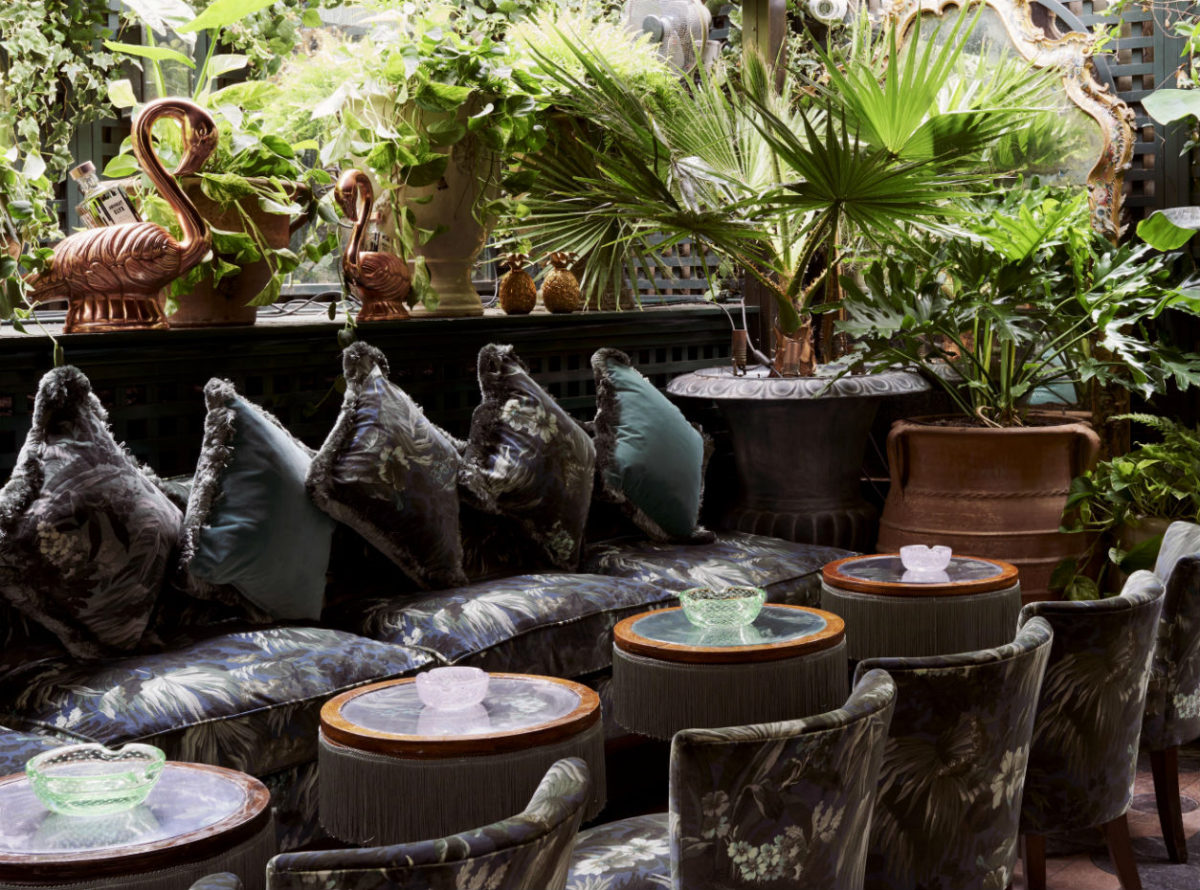
Mildreds || Jane Muir & Diane Thomas
With one branch in the heart of Soho and a further two in Camden and King’s Cross, Mildreds is a wonderfully diverse vegetarian restaurant. First opened in 1988 by friends Jane Muir and Diane Thomas, Mildreds has become a renowned establishment amongst London’s vegetarian community. Located on Lexington Street in the heart of Soho, it is nestled amongst independent boutiques, restaurants and bars. The restaurant has a small but inventive seasonal menu, taking inspiration from both Asian and Middle Eastern cuisine. Their dishes always consist of organic ingredients and they endeavour to source from small businesses for their supplies.
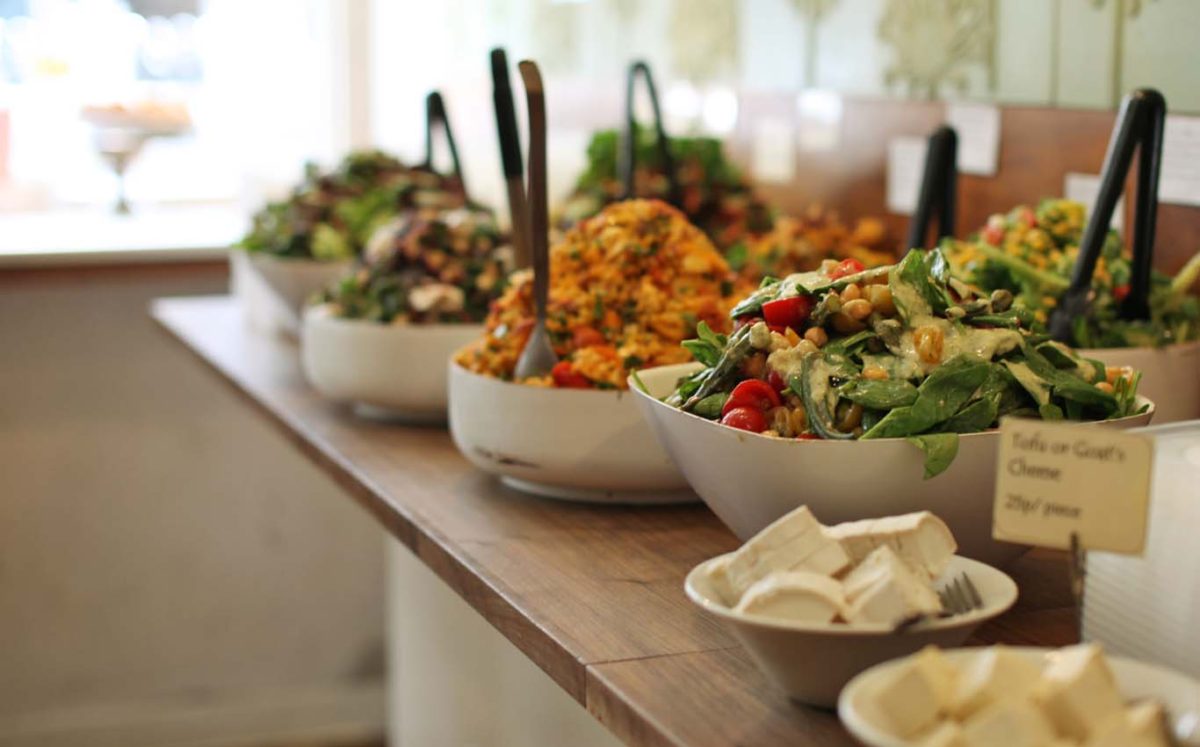
The Delaunay || Christopher Corbin & Jeremy King
The Delaunay, Christopher Corbin and Jeremy King’s restaurant, is located behind an imposing entrance on the corner of historic Drury Lane and The Aldwych. The Delaunay is an all-day café-restaurant inspired by the grand cafés of Europe. Open for breakfast, lunch and dinner, morning coffee and afternoon tea are also served seven days a week; there are also two private dining rooms. The room is visually splendid, panelled, spacious, with generous gaps between tables and the sense of theatre, energy and professionalism that is the Corbin and King trademark.
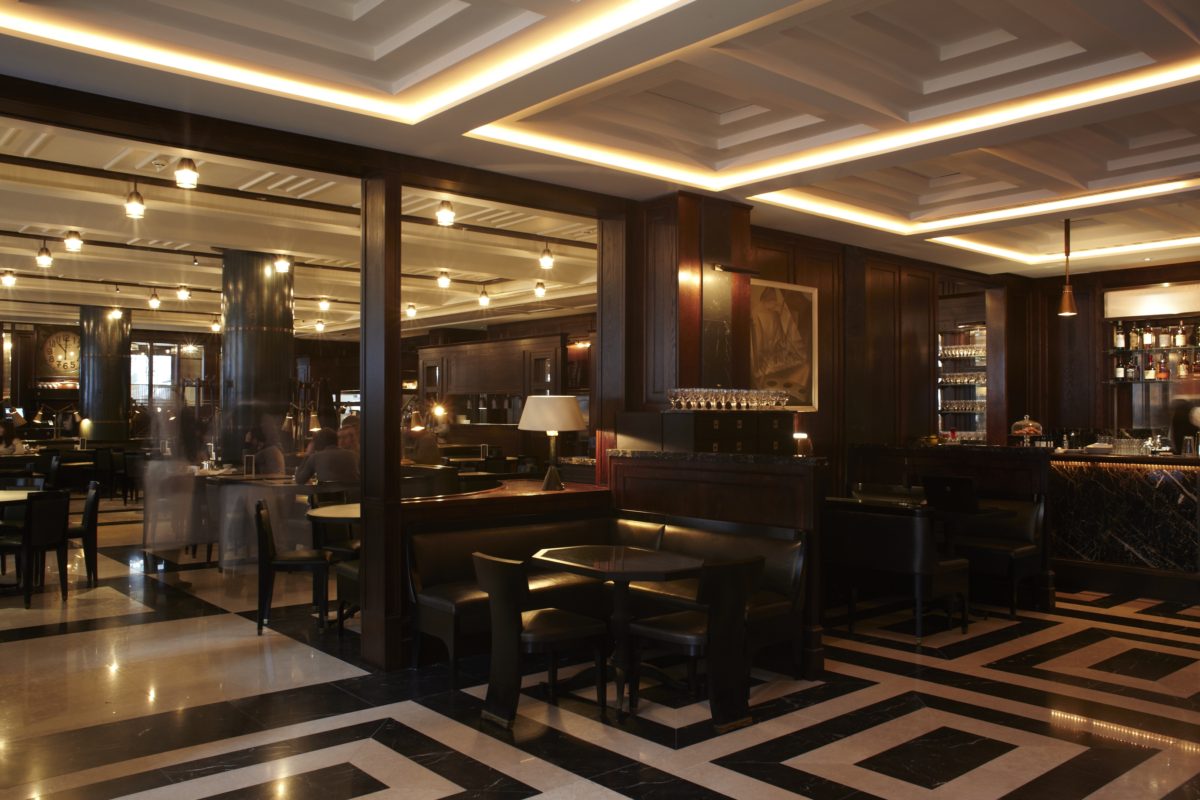
Chiltern Firehouse || André Balazs
The Chiltern Firehouse was hotelier André Balazs’s first endeavour in London and arguably one of his best. Working with architecture and design team Studio KO, he was able to seamlessly interweave the skeleton of the 19th-century Grade II listed building with a new-age hospitality and dining ethos. The restaurant, as with the hotel at large, maintains a style that is simultaneously classic and seductive, with the lobby bar feeling something akin to a Mediterranean greenhouse, while the main restaurant, run by head chef Nuno Mendez, feels like an extended living room.
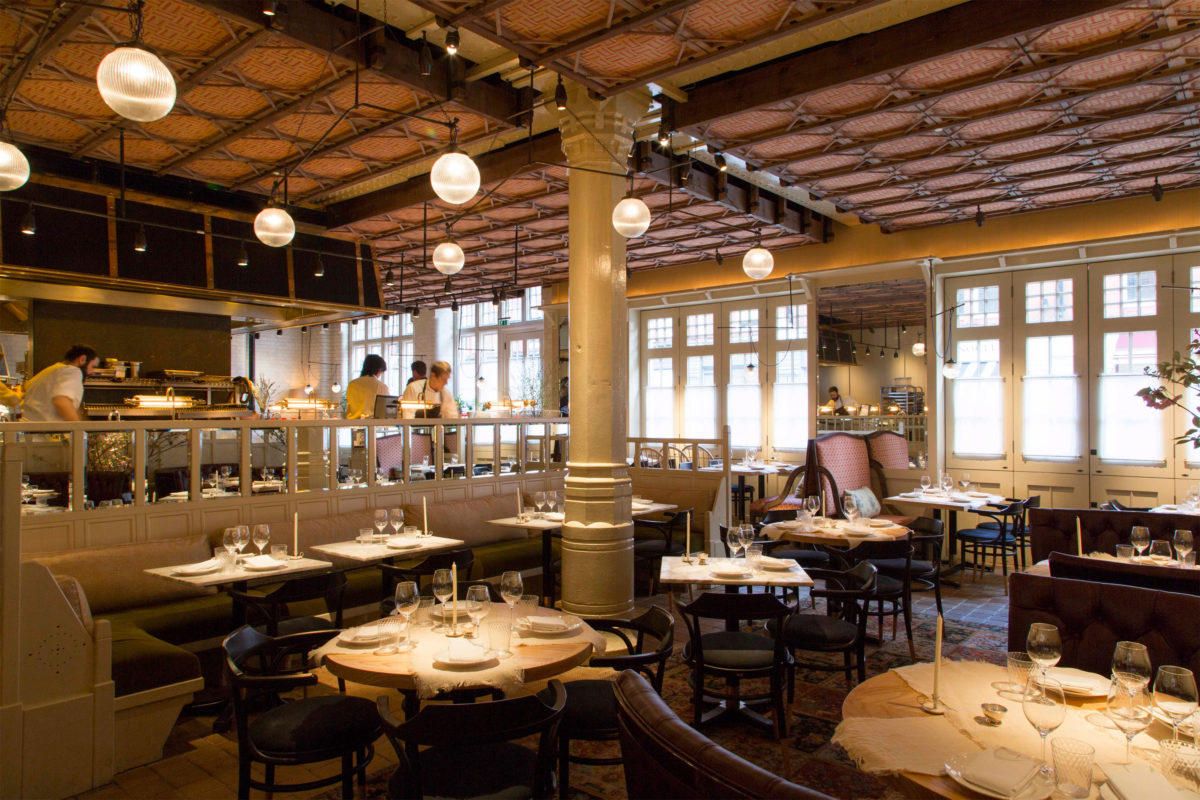
Bethnal Green Working Men’s Club
Since 1887, the East End venue functioned as a real Working Men’s Club, hosting regular social events and family functions. Today, the Bethnal Green nightlife institution is best known for it’s queer parties, holding regular drag nights, readings, and guerrilla fashion shows. With an eclectic interior, featuring a stage complete with a light-up heart backdrop, the Bethnal Green Working Men’s Club is a popular after party spot, offering revellers unhinged fun.
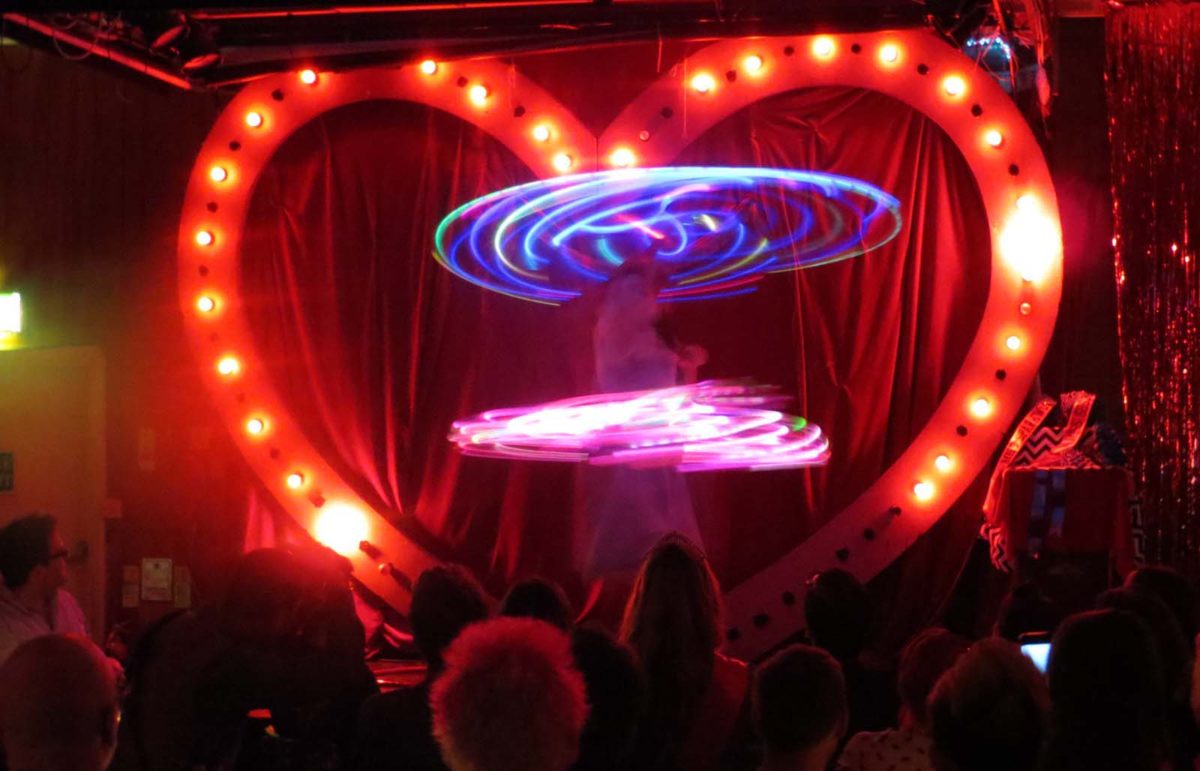
Chelsea Arts Club || James Abbott McNeill Whistler
The Chelsea Arts Club’s members include artists, poets, architects, writers, actors, musicians, photographers, and filmmakers. The club, proud of its bohemian roots, was established in 1891, as a rival to the older Arts Club in Mayfair, on the instigation of the artist James Abbott McNeill Whistler, who had been a controversial member of the older club. Chelsea Arts Club serves as a host for many functions, performances, exhibitions, literary talks, and weekend artist lunches. Today’s Club is still housed in the original Old Church Street site.
